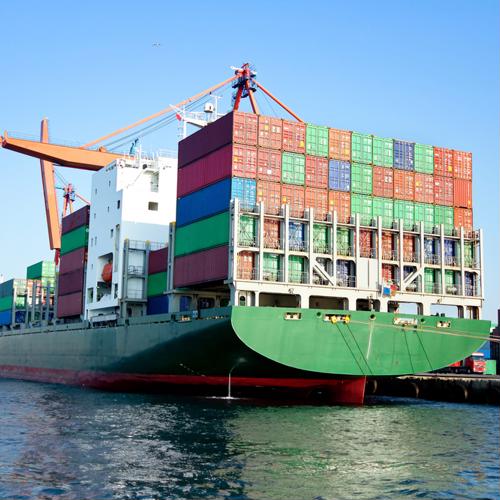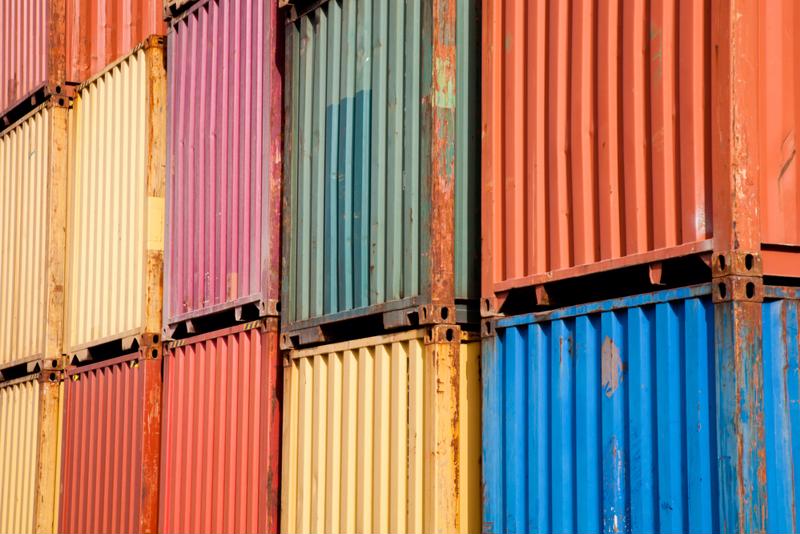
‘Free Coffee Day’ and other promotions might be times to use specially created coffee labels.
Where the finest products along with everything you need for “do-it-yourself” label printing are just a click away.
Call Now: +1-866-299-0066 or Live Chat

Over the past few months, the international shipping industry has seen a distressing rise in the number of cargo ship fires on active vessels, resulting in millions of dollars in damages and lost goods. While the cause of these incidents are still being investigated, many experts and insurers have expressed concerns over the lackluster packing and labeling practices used by the ocean-faring transportation giants, Supply Chain Dive reported. These events have forced shipping companies to reevaluate their safety procedures with a greater focus on the identification, declaration and documentation of potentially dangerous cargo.
Research from the International Cargo Handling Coordination Association found that close to 60 million packed containers are transported on cargo ships each year — and around 10 percent of these shipments contain dangerous goods (denoted by their “DG” designation) that are either harmful, flammable or combustible. Moving DG consignments from port to port can be extraordinarily dangerous, which is why the International Maritime Organization enforces strict regulations on how these goods are being packed, documented, stored and transported through its International Maritime Dangerous Goods code. IMDG requirements are mandatory for all trade goods that pose a risk to the health and safety of transportation personnel, including:
 IMDG regulations are crucial for preventing large-scale transportation accidents on the open ocean.
IMDG regulations are crucial for preventing large-scale transportation accidents on the open ocean.Beyond the immediate concerns for the shipping personnel handling them, these substances have the potential to significantly impact public health if accidentally released into the open environment. Preventing these worst-case scenario falls into the purview of supply chain organizations and transportation logistics companies, who regularly conduct on-the-spot inspections to ensure IMDG regulations are appropriately upheld. Global Shipping Services, LLC is one such organization, which lists the following basic requirements for transporting dangerous goods by sea:
Failing to meet these requirements likely contributed to a number of high-profile incidents that have made headlines since 2018, such as the cargo fire aboard the megaship Maersk Honam, as reported by the Wall Street Journal. The 1,158 foot vessel, owned by A.P. Moller-Maersk A/S, caught fire in the Arabian sea on March 6, 2018, which led to the death of five crew members. Following the accident, Maersk banned all dangerous goods from being stored below deck, though the exact cause of the Honam fire is still under investigation.

The most recent cargo ship fire occurred on March 10 2019, when the Grande America (a 31,000-ton combined container and automobile carrier owned by Grimaldi Group) burst into flames as it was traveling through the Bay of Biscay, per The Wall Street Journal. The vessel sank just two days later with more than 2,000 vehicles on board, including luxury-class Audi and Porsche models. According to a press release from Grimaldi, the fire started in a shipping container and does not appear to be tied to misdeclared cargo, though investigations are ongoing.
Although the Grande America ship fire may not have directly resulted from the mislabeling of dangerous goods, around 66 percent of all cargo damage is attributable to poor packing and labeling, per research from the logistics insurer, TT Club. As the insurance company pointed out, the misidentification of flammable or combustible materials can lead to gross oversight and the accidental mishandling of DG cargo, increasing the risk for a large-scale accidents during transport — TT Club estimates that, on average, a major ship fire breaks out every 60 days and costs more than $500 million in cargo claims per year.
Moving forward, major players in the international shipping industry plan to seek out comprehensive solutions to mitigate the financial and occupational risks associated to ship fires, such as the Cargo Incident Notification System. However, without revisiting the essential role of industrial-grade labeling materials, many carriers will continue to grapple with misidentified goods within their booking systems.